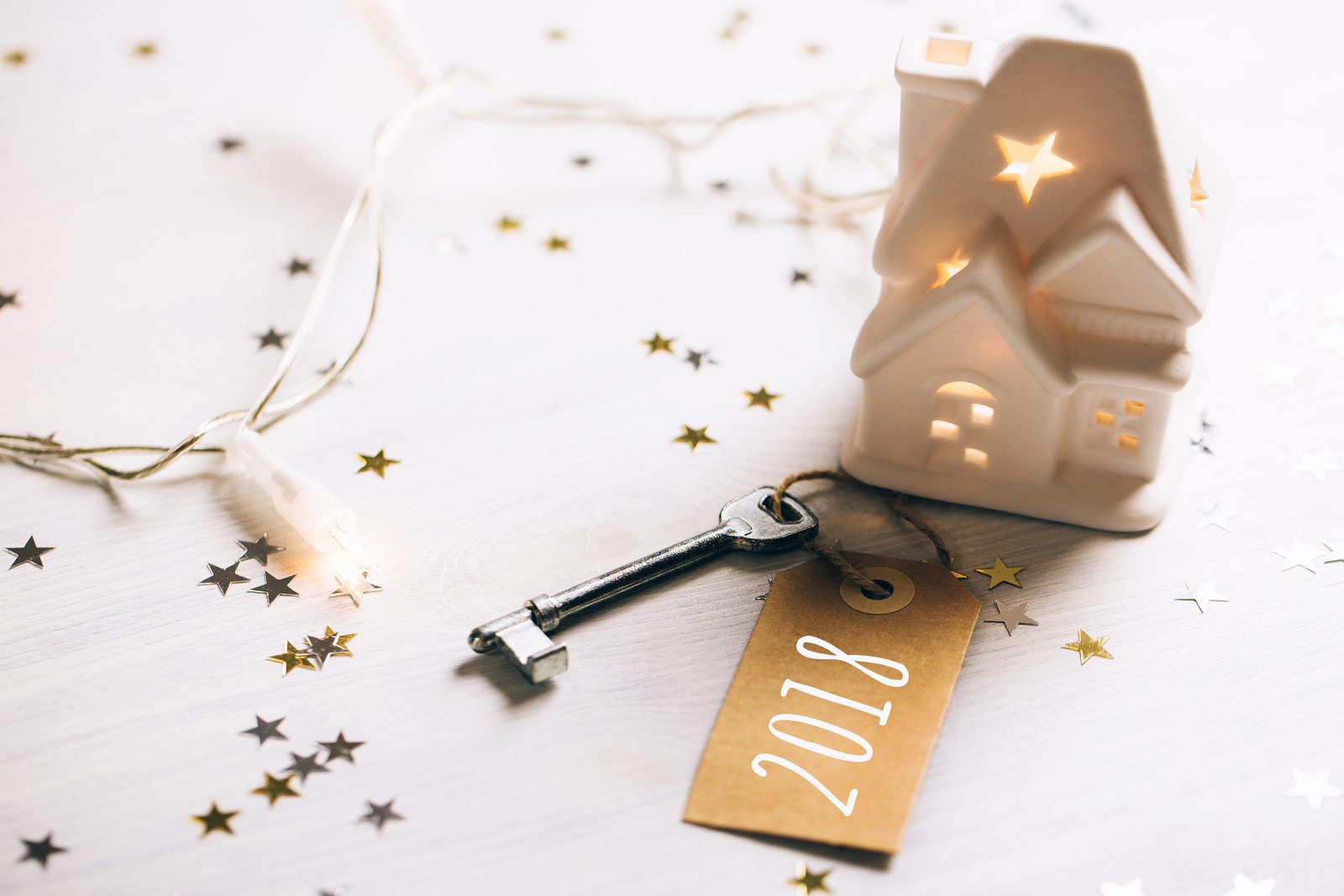Despite having decent credit, a good job and the ability to pay for a home every month, the dream of buying a home is somewhat elusive for those with little to no cash to put down.
This is why our younger generation isn’t buying homes at the rate that previous generations did.
With student loan debt weighing them down, there is little money left at the end of the month to set aside for the down payment on a home.
And, sadly, most lenders require you to have some skin in the game before they’ll lend you money for that home.
Thankfully, there is help – both state and municipal agencies offer down payment and closing cost assistance to homebuyers across the country.
While it will take some work on your part, you can get around saving that huge chunk of cash known as the down payment.
Down payment assistance programs
Down payment assistance comes in the forms of grants (that don’t have to be repaid) and loans — some at no interest or very low interest and some don’t have to be repaid until you sell the home.
State Housing Finance Agencies (HFA) offer many opportunities so check into yours first. You can find a list online at ncsha.org.
Counties and cities also offer down payment assistance programs as do certain non-profit agencies and employers. In fact, some of the larger labor unions, such as the Culinary Workers Union, offer assistance.
Then, there are special programs for teachers and first responders. See HUD’s Good Neighbor Next Door program for information on these programs.
Find state and local government programs on HUD’s website, here.
No down payment loans
1. If you are a current member of the military, a veteran or a surviving spouse, look into the VA Loan.
The United States Department of Veterans Affairs doesn’t actually grant loans; they guarantee the repayment of a portion of the loan should the borrower default.
The loan is granted by a private lender but not all lenders participate in the program so you may have to shop around for one. We are happy to refer you to a lender that participates
The VA-backed mortgage requires no down payment and there is no requirement to purchase private mortgage insurance, which will make your monthly payment lower than with a conventional loan.
There is, however, a funding fee but it can be wrapped into the loan amount, so you won’t have to come out-of-pocket for it.
2. The United States Department of Agriculture (USDA) offers the Rural Development home loan program which also requires no down payment.
They offer two different loan programs. The first is very much like the VA loan in that it offers the lender a government-backed guarantee.
The second program is a direct loan from the USDA and it’s for low-income borrowers.
These loans are for homes in rural areas and you can learn if a home you are interested in qualifies by using the USDA website’s eligibility tool.
Low down payment loans
FHA
Yes, FHA is popular for its low down-payment requirement, but when they changed the mortgage insurance requirement, the loan program became a lot less popular.
Today, the Mortgage Insurance Premium for the FHA loan sticks with it for the life of the loan.
If you need a low-down payment loan, however, this may be your program of choice. You’ll pay either 3.5 or 10 percent of the loan amount, depending on your credit score and lender requirements.
Fannie Mae and Freddy Mac
The HomeReady® loan from Fannie Mae actually offers a lower down payment requirement than the FHA program – 3 percent. You will also have the option of cancelling the PMI when your equity in the home reaches 20 percent.
This loan is best for low-to-moderate income borrowers with credit scores of 680 or more. You do not need to be a first-time homebuyer to qualify.
Home Possible®, Freddie Mac’s low-down payment program, offers down payment options as low as 3 percent. Learn more about this program online at freddiemac.com.
We are happy to share with you our information on no-to-low down payment loans. Give us a call.





